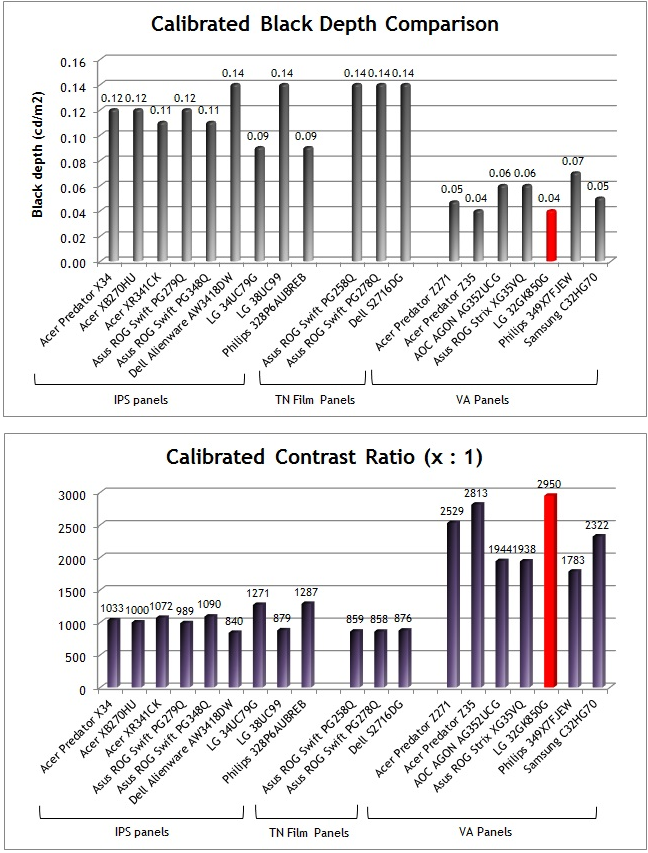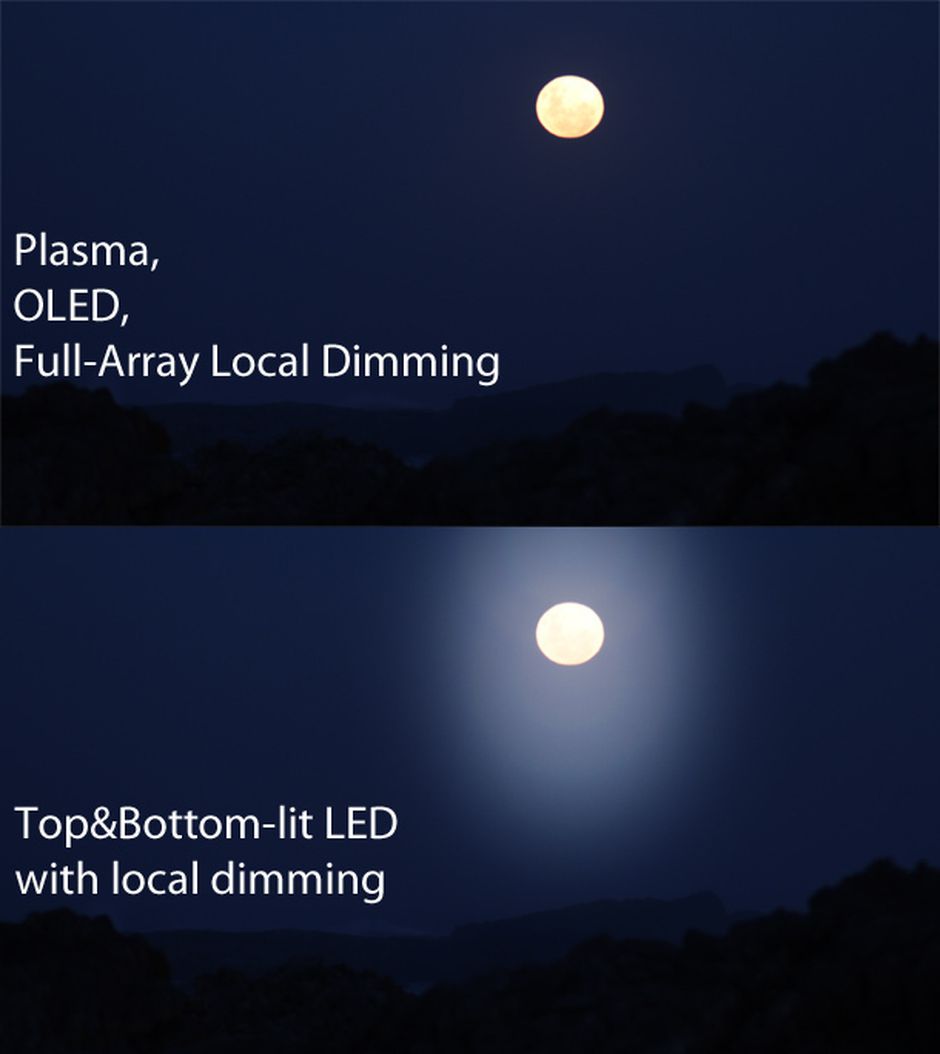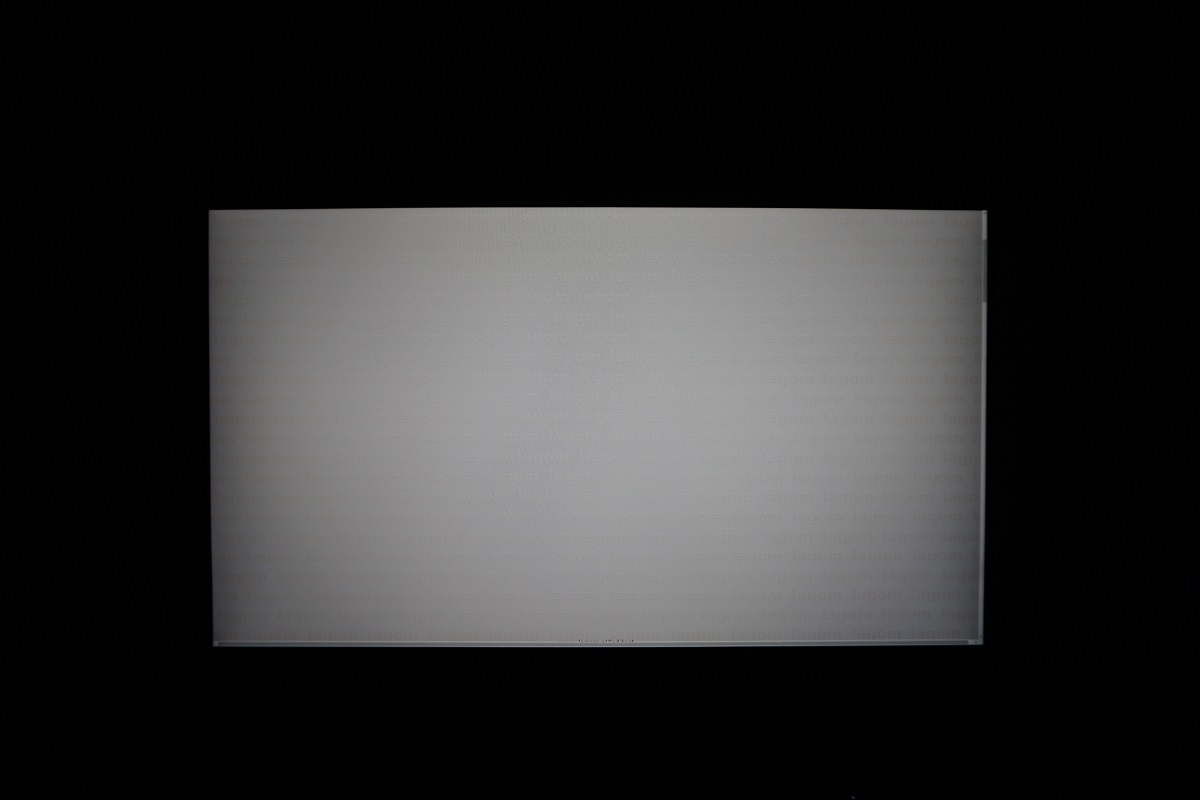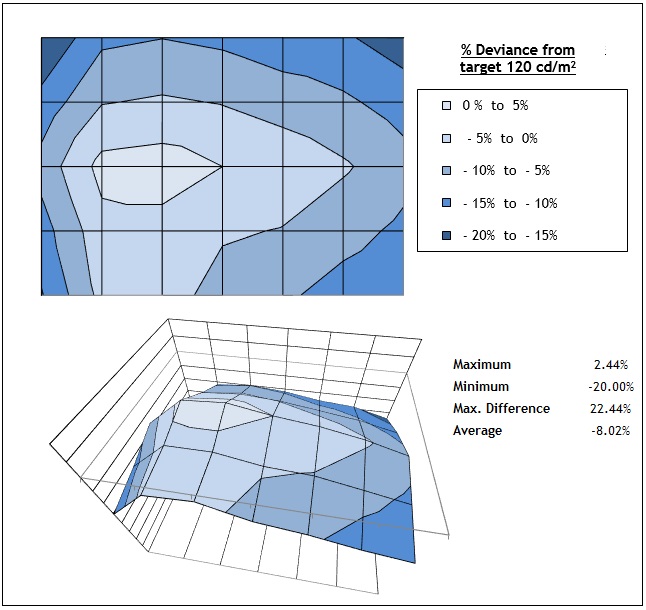Not sure I follow. It's not "more of" an IPS-type panel, it is an IPS-type panel. It is not, nor has it ever been, a VA-type panel technology.No, that it was an evolution of VA into more of an IPS-type panel.
I get what you're saying that it used to be worse in a way more similar to VA panels, but it was still IPS.
![[H]ard|Forum](/styles/hardforum/xenforo/logo_dark.png)









